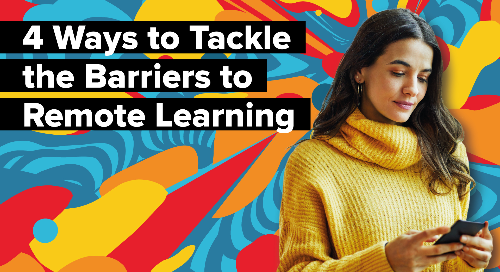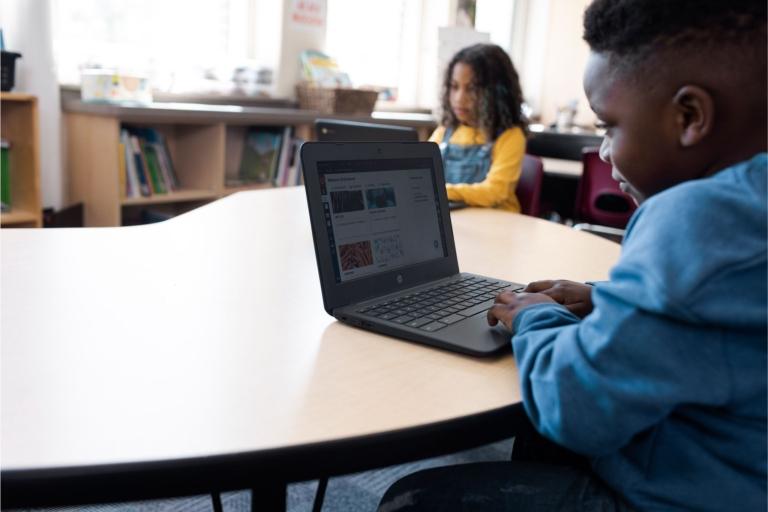
Socioeconomic factors clearly impact student success, specifically regarding access to technology, learning resources, and technological devices. That’s according to results from our 2021 global study, the State of Student Success and Engagement in Higher Education, now in its second year.
These disparities can be heightened when it comes to remote learning: only 6% of students surveyed who were from self-identified lower economic classes said it was very easy to stay engaged, consistent with our 2020 data collection.
Additionally, 60% of students in self-identified lower income homes and 58% of students from self-identified higher income homes say it’s “somewhat or very difficult” to stay engaged in online learning.
At the same time, 19% of students in self-identified lower income homes and 24% of students from self-identified higher income homes responded that staying engaged online is “somewhat or very easy.”
Students from self-identified lower-income homes do see the value of technology in supporting engagement and are also highly likely (67% vs. 72%) to believe their institution’s learning management system has positively impacted their classroom engagement, yet they still find it difficult to stay engaged in online and remote learning. This data proves our hypothesis that technology enhanced classrooms are the future of higher education, though socioeconomic disparities impact student engagement.
The bottom line: Remote learning can be a challenge for all students. However, students from economically disadvantaged households are at greater risk of failing to succeed in a remote environment unless they have access to the right tools, personalized attention, and extra support to feel engaged.
Creativity, flexibility, empathy, and a clear understanding of individual students’ situations and corresponding needs are imperative.
Four Ways for Higher Education Institutions to Tackle Barriers to Remote Learning.
1. First, it’s important to identify the basic barriers to success that students may be experiencing. (Access to the internet? Learning resources? Devices? Health and well-being support?) Then, adapt your policies to provide extra support to students that need it.
2. Offer downloadable resources so that students with limited internet access can download and view materials at their convenience.
3. Allow flexibility in assignment schedules, course loads, or even timing of tuition payments to help alleviate disparities and support non-traditional students.
4. Use native mobile applications to meet students where they are on their phones. Centralize campus communications, facilitate student-faculty engagement, provide digital ID cards, orientations, and classroom supplements, all from the palm of the student's hand.
For the study, we worked with Hanover Research, and sought the input from 7,687 current students, administrators, and faculty from 2-year, 4-year, public, and private higher education institutions across 18 countries. Our goal: defining measurements of student success and identifying factors for engagement.
Get More Insights
Access more findings from our 2021 State of Student Success and Engagement in Higher Education. Download the report now at: https://www.instructure.com/higher-education/student-engagement-success/student-engagement-college-success-higher-education-research-trends-report
Related Content
 Teaching-With-Tech-10-Benefits.jpg
Teaching-With-Tech-10-Benefits.jpgBlogs
 untitled_design.jpg
untitled_design.jpgBlogs

Blogs
